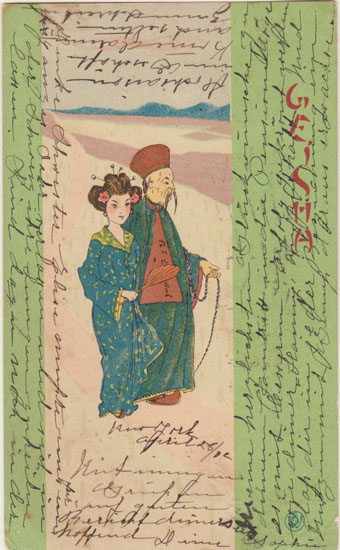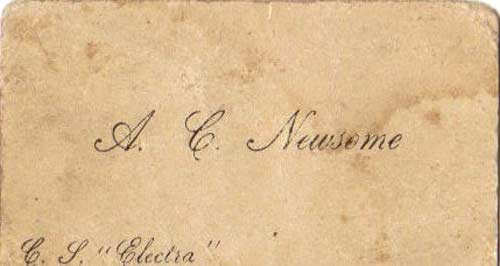A Brief History of Business Cards
You will be forgiven for making the assumption that business cards, as we know them, were invented in the 1980s, the decade that corporate was on the bandwagon list. Sorry to tell you, but you’d be wrong. Business cards have been in use for many, many centuries. Almost as soon as companies and individuals savvied-up to the idea of advertising their services, business cards have been around. Here we take a quick dash through the decades to look at the origins of that humble, yet invaluable, 3.5 by 2-inch rectangle of card, tracing the development from its invention back in the 15th century up to today’s examples – which more often than not aren’t even made of a card!
Visiting cards
Experts tend to agree that the origins of the business card can be traced back to China 15th century. They were known as ‘visiting cards’ and served as a calling card to announce one’s intention of meeting with another individual. They could also be handed at the door of elite establishments so that the owner of the establishment could decide if permitting a meeting was worthwhile. Visiting cards were an essential self-promotion tool of the upper classes, a personal advertisement, and a basis for forging an introduction.

17th Century
The practice of exchanging cards soared during the 17th century, particularly in Europe. The highly mannered reign of Louis XIV is considered to be the calling card heyday, where an individual’s success or failure in society often depended on the strength of their personal promotion.

Business card etiquette
During the 17th and 18th centuries, a strict protocol existed to ensure that calling cards were employed correctly. If a gentleman wished to call on a lady, he had a lot to think about. On making a first call, he had to make sure there is a separate card for each lady of the household. Alternatively, he could fold his card down the middle to indicate it was meant for all members of the household. Cards had to be left with the servant; admission to the house would only be permitted after the hostess had examined the card. Calling cards were to be collected on a small tray kept in the hallway, which would be presented by a servant in the palm of his left hand. While a gentleman may carry his cards lose in his pocket, a lady should use a card case. If the gentleman received no acknowledgment of his card, he had to accept that there would be no continuation of the acquaintance. And on no account was it ever acceptable to sneak a peak at cards that had been left by other callers.
Trade cards
Later in the 17th century, London merchants began to use ‘trade cards’. At a time when street numbers were not in popular use, these cards were a crucial promotional tool that informed customers of both the business location and the serves available. They would be handed out in public squares and markets and on occasions could be used to establish trade links and credit with other local businesses. Trade cards were taken very seriously, and a signed card would be considered contractually and legally binding.
18th – 19th century
The earliest business cards were made using wood-cut and letterpress techniques. During the 18th century, copperplate engraving became the standard practice. Cards tended to be single color prints until the advent of lithographic printing in the 19th century, which made it possible to use several colors.

The merger
The industrial revolution led to a lessening of rigid rules when it came to formality. The lines between social calling and trade promotion became blurred, leading to the merger of the calling card and trade card, which could be handed out on informal and formal occasions. That said, the upper classes retained certain snobbishness towards the handing out of trade cards in polite company, particularly in Europe.
20th – 21st centuries
Today’s business cards come in an array of shapes, sizes, and materials. Designs are no longer limited to paper-based products and almost any surface can be printed on to create a unique card. And thankfully, handing out your business card is no longer the etiquette minefield as it was a few centuries ago. There are still a few essential rules that should be followed to ensure its success. Keep your card easy to read, service-appropriate, and include all your relevant contact details if you’re interested in building business acquaintances that get you further than the front door. TRUiC’s vanity phone number generator gives businesses the opportunity to have their very own toll-free number. Learn more about it and how the service can be beneficial for you and your business.

About the Author
This is a guest post contributed by Neeru. She has a love for creative design & print. She specialises in design and online marketing for Print Express



Donald Cxp
June 4, 2012Thanks for posting a blog its really useful to the making new business cards .Its really fabulus job.